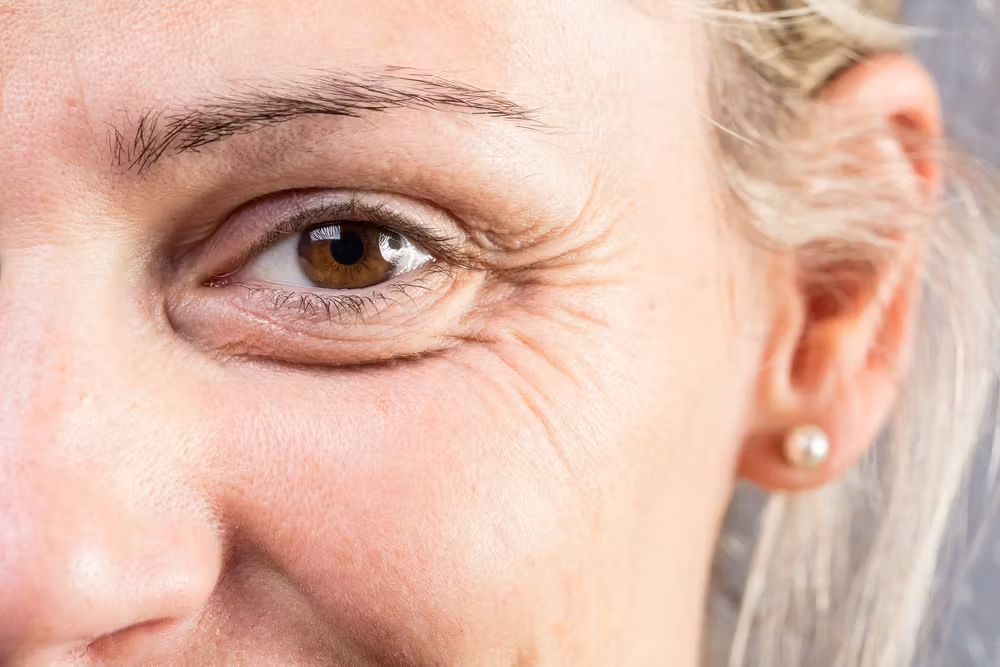Introduction
Blepharoplasty, or eyelid surgery, is more than just a cosmetic enhancement—it’s a path to a renewed sense of confidence for many. But as with any surgical procedure, there’s always a chance of encountering complications. Whether you’re considering blepharoplasty in Dubai or have already undergone the procedure, understanding the potential risks and knowing how to manage them is crucial.
What is Blepharoplasty?
Blepharoplasty is a surgical procedure designed to improve the appearance of the eyelids. It can involve removing excess skin, muscle, or fat from the upper or lower eyelids to create a more youthful and refreshed appearance. There are two main types of blepharoplasty:
- Upper Blepharoplasty: Focuses on the upper eyelid to correct droopy or sagging skin that can impair vision.
- Lower Blepharoplasty: Targets the lower eyelid to reduce puffiness and bags under the eyes.
Why Do People Opt for Blepharoplasty?
Cosmetic Reasons
Many individuals choose blepharoplasty for aesthetic reasons. As we age, our skin loses its elasticity, leading to sagging eyelids or bags under the eyes. Blepharoplasty can help reverse these signs of aging, providing a more youthful and rested appearance.
Functional Reasons
Beyond cosmetics, blepharoplasty can also address functional issues. Excess skin on the upper eyelids can sometimes interfere with vision, making daily activities challenging. By removing this excess skin, blepharoplasty not only improves appearance but also enhances functionality.
The Blepharoplasty Procedure: What to Expect
Preparation for Surgery
Preparation is key to a successful blepharoplasty. Patients are typically advised to avoid smoking, certain medications, and to arrange for someone to drive them home post-surgery.
The Surgical Process
During the surgery, your surgeon will make precise incisions along the natural creases of your eyelids, minimizing visible scarring. The excess skin, muscle, or fat is then carefully removed or repositioned. The procedure generally takes about 1-2 hours, depending on the complexity.
Immediate Aftercare Post-Blepharoplasty
Basic Recovery Guidelines
After your surgery, it’s crucial to follow your surgeon’s post-operative care instructions. Keeping your head elevated, using cold compresses, and taking prescribed medications can help reduce swelling and discomfort.
Common Complications of Blepharoplasty
While blepharoplasty is generally safe, complications can occur. Some of the common ones include:
- Swelling and Bruising: These are typical and usually resolve within a few weeks.
- Dry Eyes: This can occur due to reduced blinking or incomplete eyelid closure.
- Infection: Though rare, infections can happen and need prompt attention.
How to Identify Complications Early On
Being aware of your body’s signals is essential. Watch out for:
- Excessive pain or discomfort
- Persistent redness or swelling beyond the typical recovery period
- Any unusual discharge or fever
If you notice any of these signs, it’s important to contact your surgeon immediately to rule out any serious issues.
Dealing with Swelling and Bruising
Normal vs. Abnormal Swelling
It’s normal to experience some swelling and bruising after blepharoplasty. However, if swelling persists or worsens after a few weeks, it could indicate a complication that needs medical evaluation.
Effective Remedies
To manage swelling and bruising effectively:
- Use cold compresses regularly.
- Keep your head elevated.
- Avoid salty foods, as they can increase swelling.
Managing Dry Eyes After Surgery
Causes of Dry Eyes
Dry eyes can be a result of reduced tear production or changes in the eyelid’s position after surgery. This condition, though uncomfortable, is usually temporary.
Treatments and Precautions
- Artificial Tears: Over-the-counter eye drops can help lubricate the eyes.
- Humidifier: Using a humidifier in your room can prevent dry eyes.
- Avoid Screens: Limit screen time as it can exacerbate dryness.
Preventing and Managing Infections
Common Signs of Infection
Infections after blepharoplasty, while rare, can happen. Signs include:
- Increased redness
- Pus or unusual discharge
- Fever or chills
Steps to Take for Infection Prevention
- Keep the surgical site clean and dry.
- Follow all post-operative care instructions.
- Take all prescribed antibiotics as directed.
What to Do If You Notice Asymmetry or Scarring
Understanding Asymmetry
Asymmetry, where one eyelid appears different from the other, can occur after surgery. This might be due to uneven swelling or healing, but if it persists, consult your surgeon.
Managing and Treating Scars
Scarring is a natural part of the healing process. To minimize scarring:
- Avoid sun exposure on the scars.
- Use recommended scar creams or ointments.
- Massage the scars gently after they have healed to improve appearance.
Blepharoplasty in Dubai: Choosing the Right Surgeon
Choosing the right surgeon is crucial for a successful blepharoplasty. Look for the best plastic surgeons in Dubai who have extensive experience and a track record of satisfied patients. Always check their credentials, read reviews, and look at blepharoplasty before and after results.
Recommended Plastic Cosmetic Surgery Clinics in Dubai
Some renowned clinics in Dubai for blepharoplasty include the Plastic Cosmetic Surgery Clinic in Dubai and other top-rated facilities. Choosing a reputable clinic ensures better outcomes and comprehensive care.
Blepharoplasty Cost in Dubai
The blepharoplasty cost in Dubai varies depending on the surgeon’s expertise, clinic location, and complexity of the procedure. On average, the cost can range from AED 12,265 to AED 35,000.
Blepharoplasty Before and After Results
Understanding realistic outcomes is vital. Reviewing blepharoplasty before and after results can help set realistic expectations. Many clinics provide a portfolio of past surgeries to showcase their work.
Conclusion
Blepharoplasty can be a life-changing procedure, offering both aesthetic and functional benefits. However, it’s essential to be aware of potential complications and know how to manage them effectively. If you’re considering blepharoplasty in Dubai, ensure you choose a skilled surgeon and follow all post-operative care instructions. With the right precautions, you can achieve the desired results and enjoy a more youthful, refreshed appearance.
